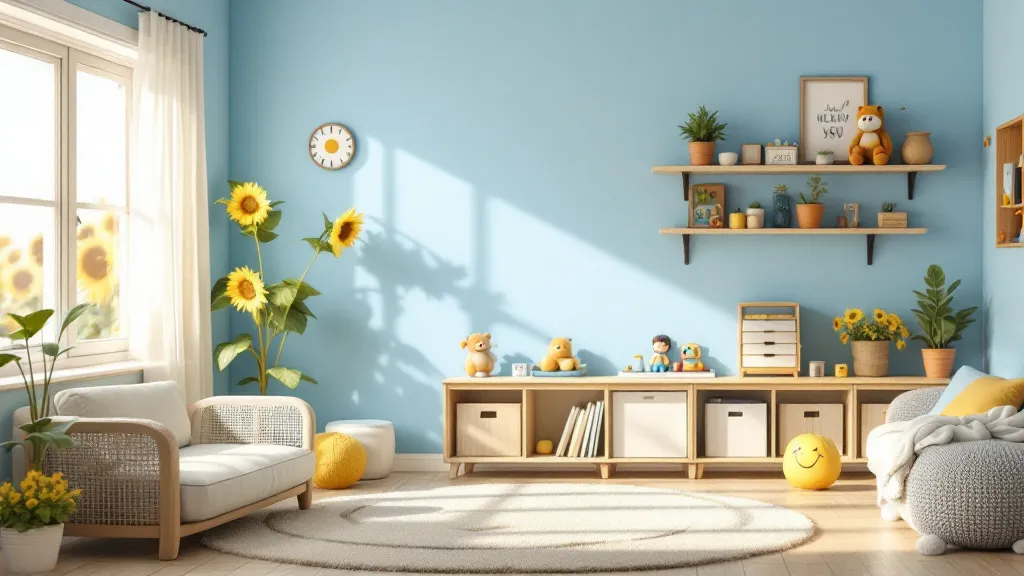Understanding Autism and Sensory Processing Disorder
Discover autism and sensory processing disorder to help support your child's unique sensory needs and challenges.

Understanding Sensory Processing
Sensory processing plays a significant role in how children diagnosed with autism perceive and interact with the world around them. Understanding sensory processing challenges and responses in autism is crucial for parents seeking to support their children effectively.
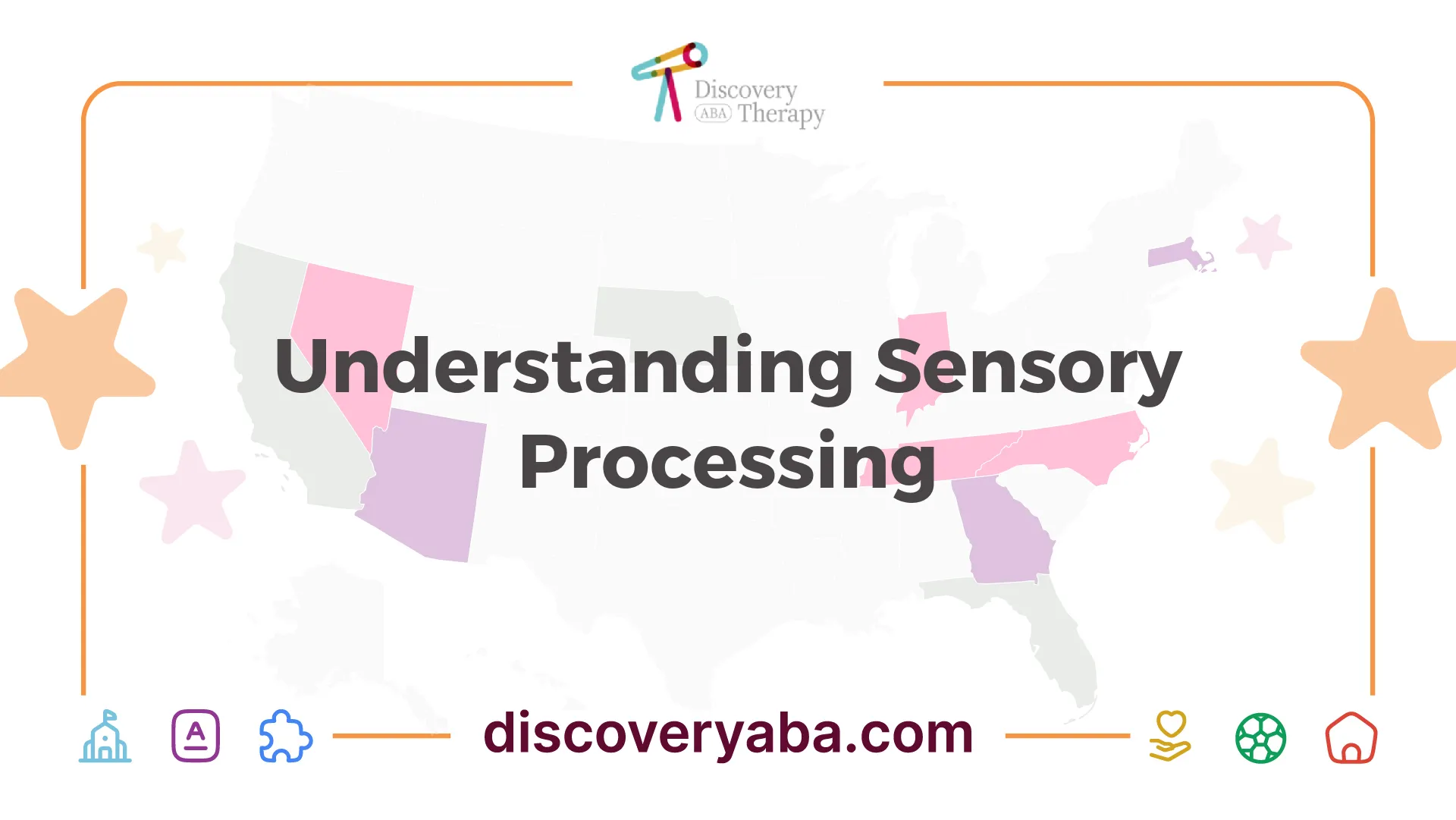
Sensory Processing Challenges
Children with Autism Spectrum Disorder (ASD) may encounter various sensory processing challenges. These can manifest as under- or over-sensitivity to sensory input, affecting their experiences of touch, sound, taste, sight, and smell. For instance, an autistic individual might react strongly to certain textures in clothing or exhibit discomfort in noisy environments. The diversity of these challenges means that not every child will experience the same sensory issues, but many will struggle with processing sensory information.
Sensory Input TypePotential ResponseTouchHypersensitivity (avoids certain textures) or hyposensitivity (seeking out strong textures)SoundOverwhelmed by loud sounds or under-responsive to quiet soundsSightDistracted by bright lights or not noticing subtle visual detailsTasteDistaste for certain foods due to textures or flavors
Sensory Responses in Autism
Sensory responses in children with autism can vary greatly and may include behaviors that are not immediately linked to sensory differences. For example, these children may experience sensory overload when exposed to too much information at once, leading to stress or anxiety. In some cases, this can result in withdrawal, distressed behaviors, or meltdowns, which can be particularly challenging for parents to navigate [2].
Some children may also show particular interests in sensory stimuli, such as being fascinated by spinning objects or visual patterns. These responses are highlighted in the Diagnostic and Statistical Manual of Mental Disorders - Fifth Edition (DSM-5), which notes that sensory issues are a common trait among autistic individuals [1].
Identifying these sensory responses can help parents create more supportive environments for their children, allowing them to engage with their surroundings comfortably. Strategies such as using weighted blankets or modifying textures in the home can be beneficial [2]. Understanding and addressing sensory processing challenges is essential for improving the overall quality of life for children with autism.

Sensory Processing Disorder (SPD)
Sensory Processing Disorder (SPD) is a condition that affects the way the brain processes sensory information. It can significantly impact daily life for children diagnosed with autism. Understanding the characteristics of SPD and its relationship with neurological disabilities is essential for parents seeking to navigate these challenges.
Characteristics of SPD
Children with SPD may exhibit a range of symptoms, which can lead to misunderstandings or difficulties in social situations. One common characteristic is hypersensitivity, where the child is overly sensitive to sounds, textures, tastes, smells, sights, and feelings. This can manifest in various ways, leading to behaviors categorized as "sensory seeking" or "sensory avoiding".
Common signs that a child may have SPD include:
Sign of SPDDescriptionSensory problemsDifficulty processing sensory information, leading to feelings of being different from peers.Social isolationChallenges in social interactions can result in frustration and loneliness.Tantrums and behavior issuesOverwhelming sensory experiences can trigger intense emotional responses.
These symptoms can lead to frustration, tantrums, and behavior problems, making it crucial for parents and teachers to understand and support the affected child.
SPD and Neurological Disabilities
SPD is now recognized as one of the most common chronic neurological disabilities affecting school-aged children. An estimated one out of 20 school-aged children has SPD, though the true prevalence might be higher due to difficulties in diagnosis. Children with SPD often face challenges in their daily lives due to their sensory processing difficulties.
Parents can play an integral role in addressing SPD by recognizing their child's specific sensory needs. They can create a supportive environment by providing accommodations that alleviate sensory overload, such as:
Understanding the connection between SPD and neurological disabilities can help families develop effective strategies and interventions, allowing their children to thrive in various situations. For parents interested in creating an autism-friendly home, more information can be found in our article on how to create an autism-friendly home?.
Overlap of SPD and Autism
Prevalence in ASD
Sensory Processing Disorder (SPD) is commonly found among individuals diagnosed with Autism Spectrum Disorder (ASD). Data suggests that approximately 90% of people living with ASD also experience SPD, highlighting a significant overlap between these two conditions [4]. SPD affects an estimated 5%–16% of children in the United States and is also prevalent in about 50-64% of individuals diagnosed with Attention Deficit Hyperactivity Disorder (ADHD).
ConditionPrevalence Among PopulationSensory Processing Disorder (SPD)5% - 16% of childrenASD with SPD~90% of those with ASDADHD with SPD50% - 64% of those with ADHD
Differentiating SPD from ASD
While SPD often coexists with ASD, the two disorders have distinct diagnostic criteria. SPD is characterized by atypical sensory responses and challenges in interpreting sensory information, which can have a direct impact on daily activities. In contrast, the diagnosis of ASD requires the presence of significant deficits in social communication, interaction, and behaviors that are restricted or repetitive.
In summary, sensory processing issues can be a component of autism, but they do not define the entire disorder. Knowing the differences helps parents understand their child's specific needs. For more insights on managing autism-related challenges, parents might find resources related to parent tips for ABA therapy success and how to create an autism-friendly home? useful.
Impact on Daily Life
Challenges in Social Interaction
Children diagnosed with Autism Spectrum Disorder (ASD) often face significant challenges in social interaction. They may struggle with understanding social cues, maintaining eye contact, and engaging in reciprocal conversations, which can lead to feelings of isolation. For example, decoding facial expressions or tone of voice might be particularly difficult, making it hard for them to respond appropriately in social situations.
ChallengeDescriptionUnderstanding CuesDifficulty reading emotions or intentions of others.Eye ContactMay avoid eye contact, leading to perceptions of disinterest.ConversationStruggles with back-and-forth dialogue and topic shifts.Repetitive BehaviorsMay focus intensely on specific interests, which can disconnect them from social interactions.
The challenges related to social interaction often mean that children with autism need extra support and guidance to navigate social contexts. These hurdles can impact friendships and participation in group activities, but solutions like role-playing activities for autism social skills training can help develop these essential skills.
Coping with Sensory Overload
Children with autism often experience sensory processing differences, leading to hypersensitivity or hyposensitivity to sensory stimuli. This can result in challenges such as discomfort with certain textures, sounds, or lights, which are pervasive in daily environments. For instance, a child might feel overwhelmed in a loud classroom or become agitated by certain clothing fabrics.
Type of Sensory ResponseDescriptionHypersensitivityOver-responsive to sensory input, leading to distress.HyposensitivityUnder-responsive, possibly ignoring necessary stimuli.Distorted PerceptionDifficulty in filtering out extraneous sensory information.
These challenges can lead to sensory overload, resulting in anxiety or meltdowns, especially in overstimulating environments. It is crucial for parents to create an accommodating space at home. Strategies include using noise-canceling headphones, providing calming sensory tools, and learning how to identify early signs of overload in children. For additional guidance, parents may find it helpful to visit our article on managing autism meltdowns at home.
Understanding these elements of daily life for children with autism can enhance coping strategies and facilitate more positive experiences in social settings.
Diagnosing and Treating SPD
Understanding how to diagnose and treat Sensory Processing Disorder (SPD) is essential for parents of children diagnosed with autism. Professional evaluations and targeted interventions can make a significant difference in daily functioning and overall well-being.
Sensory Integration Evaluations
Sensory integration evaluations are crucial in diagnosing SPD. Occupational therapists utilize these assessments to determine how a child's nervous system responds to various sensory stimuli, including sight, sound, touch, smell, and taste. The evaluations provide recommendations for accommodations that support daily life and help manage sensory processing challenges.
Evaluation FocusDescriptionSensory ModulationAssesses how well the child manages sensory input, including hypersensitivity or hyposensitivity.Sensory DiscriminationEvaluates the ability to identify and differentiate between various sensory stimuli.Sensory-based BehaviorsObserves how sensory processing impacts behavior, interactions, and daily activities.
Effective evaluation typically involves both occupational and physical therapists, offering tailored sensory information that aids in organizing the central nervous system. This approach helps children process sensory stimuli more effectively and respond appropriately.
Occupational Therapy Strategies
Occupational therapy plays a vital role in treating SPD. Therapists may employ various strategies designed to enhance sensory functioning and manage sensory challenges faced by children with autism. Some common approaches include:
These sensory-based interventions have shown promise in improving overall sensory functioning and reducing behavioral issues associated with SPD. Additionally, assistive technologies can enhance the skills and well-being of children with autism, providing essential support in various situations.
Parents interested in the broader aspect of supporting their child’s development can refer to resources about best toys for kids with autism or learn about creating an autism-friendly home to further facilitate a supportive environment.
Enhancing Sensory Functioning
Improving sensory functioning in children diagnosed with autism can significantly enhance their quality of life. Various strategies exist, including sensory-based interventions and assistive technologies, which aim to support children in managing their sensory processing difficulties.
Sensory-Based Interventions
Sensory-based interventions are designed to help individuals with sensory processing challenges, such as those found in children with autism. Techniques like Sensory Integration Therapy (SIT) focus on improving the ability to process and respond to sensory information. These interventions can be particularly beneficial, as they have shown promise in enhancing sensory functioning and minimizing related behavioral issues in children with Autism Spectrum Disorder (ASD) [6].
Types of Sensory-Based Interventions:
Intervention TypeDescriptionSensory Integration Therapy (SIT)Engages children in activities that stimulate the senses, promoting sensory regulation.Environmental ModificationsAdjusts surroundings to reduce sensory overload, such as using soft lighting or quiet areas.
These strategies can help alleviate sensory modulation disorders, which may involve hypersensitivity (overreacting to stimuli) or hyposensitivity (underreacting to stimuli). Implementing these interventions can empower children to navigate their environments more comfortably.
Assistive Technologies
Assistive technologies are tools and applications designed to support individuals with autism in overcoming challenges related to sensory processing. These technologies range from software applications to robotic devices.
Examples of Assistive Technologies:
Technology TypeDescriptionXpressiveTalkAn avatar-based program designed to assist in emotional communication and interpretation.Socially Assistive Robotics (SARs)Robots that engage children in social skills development and interaction.
These technologies can foster improved communication, making it easier for children to express their feelings and navigate social interactions [6].
Incorporating both sensory-based interventions and assistive technologies offers a holistic approach to managing the challenges associated with autism and sensory processing disorder. These strategies not only enhance sensory functioning but also contribute to a child's overall development and well-being. For additional resources on supporting children with autism, consider exploring topics like how to create an autism-friendly home? or best toys for kids with autism.
References
[2]:
[3]:
[4]:
[5]:
[6]:
[7]:
[8]:
Does Your Child Have An Autism Diagnosis?
Learn More About How ABA Therapy Can Help
Find More Articles
Contact us
North Carolina, Nevada, Utah, Virginia
New Hampshire, Maine
Arizona, Colorado, Georgia, New Mexico, Oklahoma, Texas
.avif)



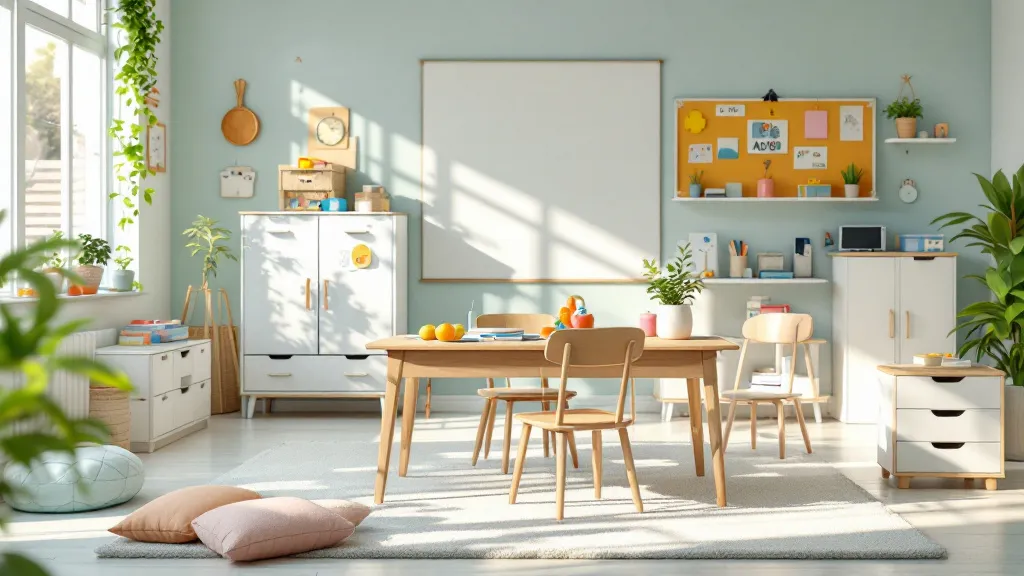

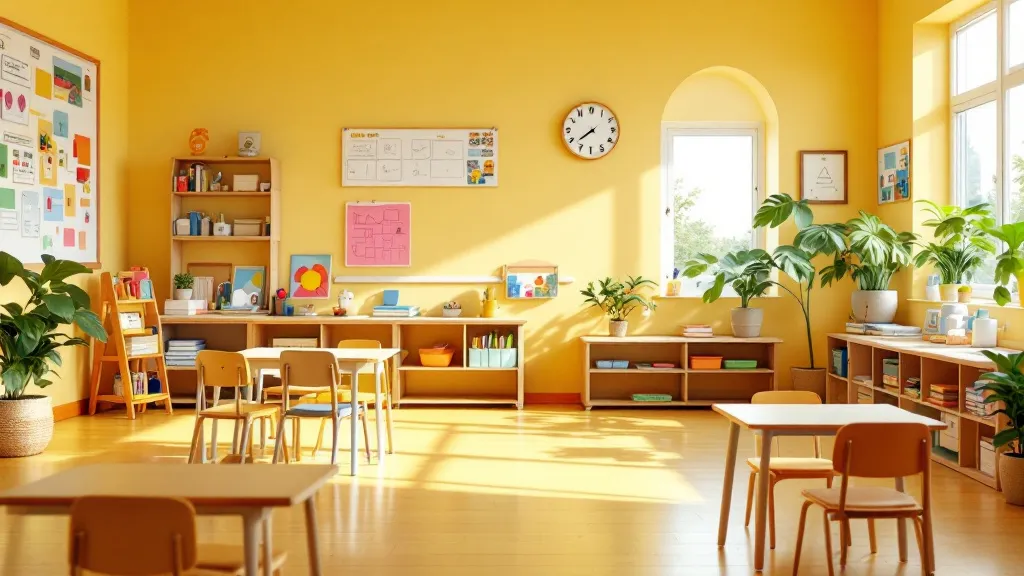






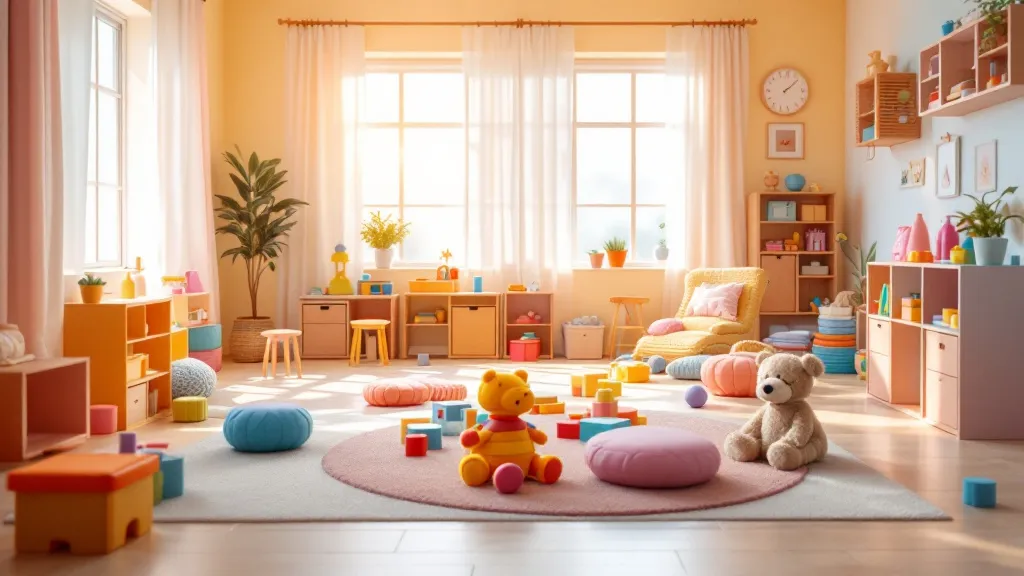



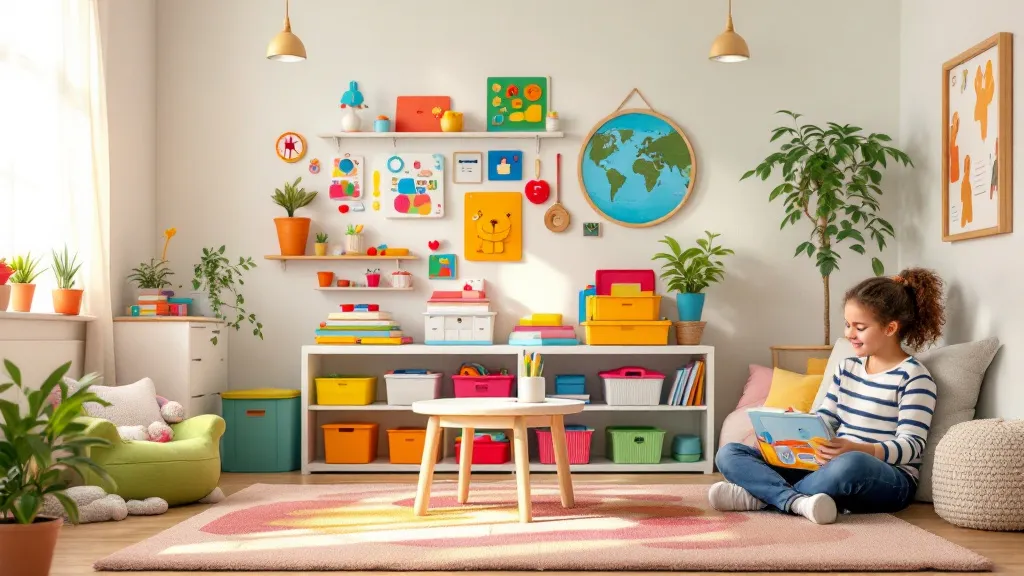










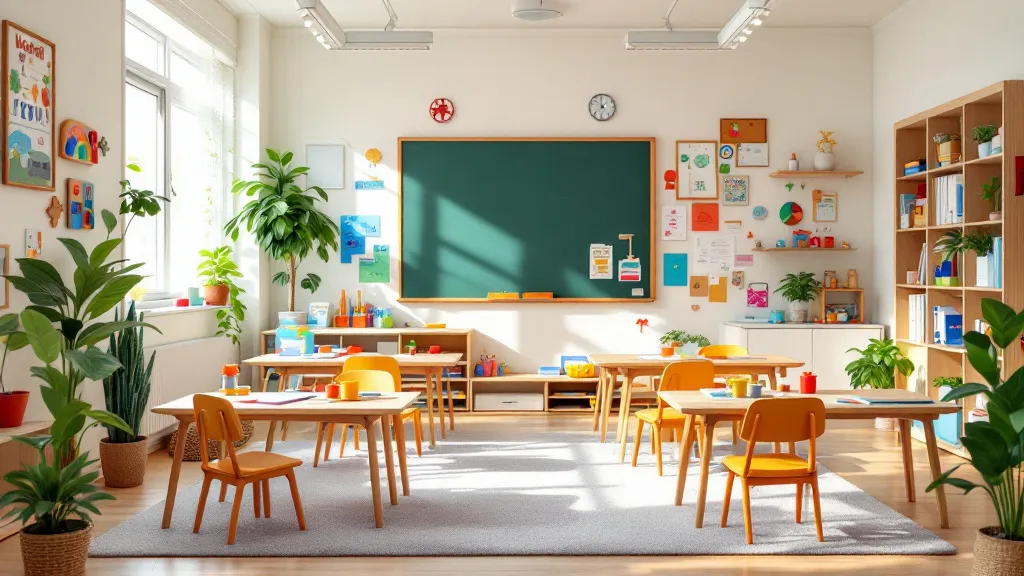

















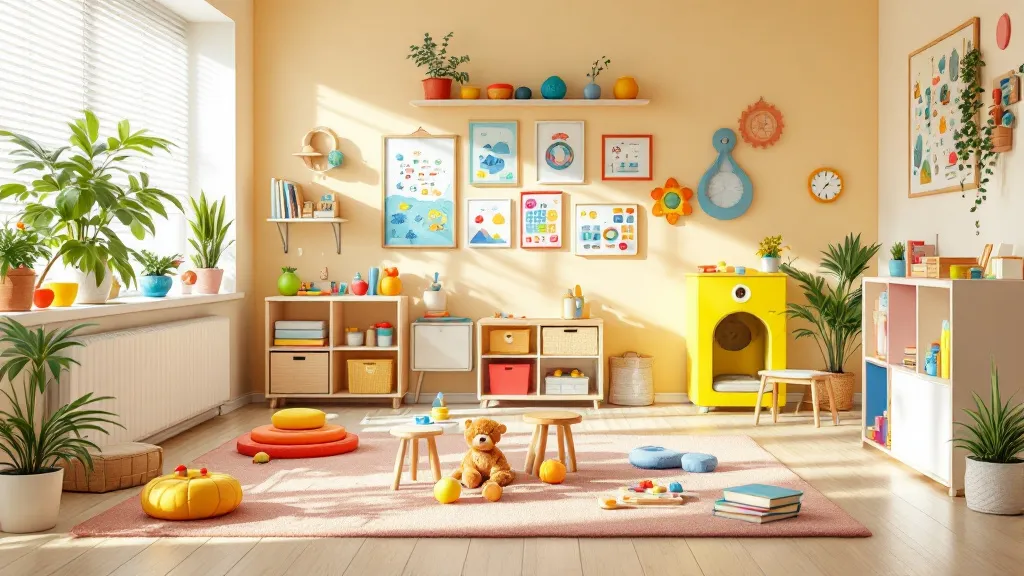




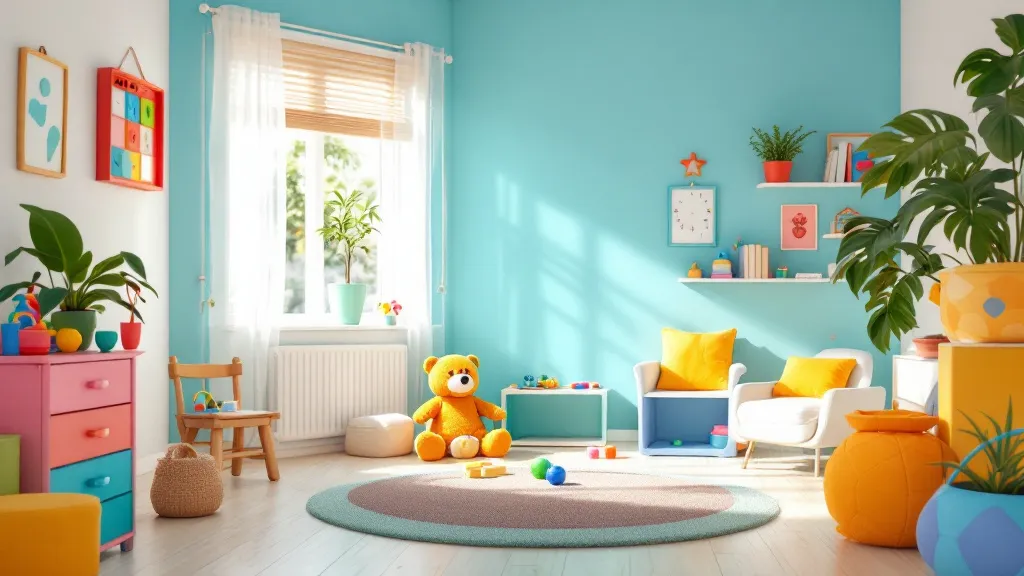
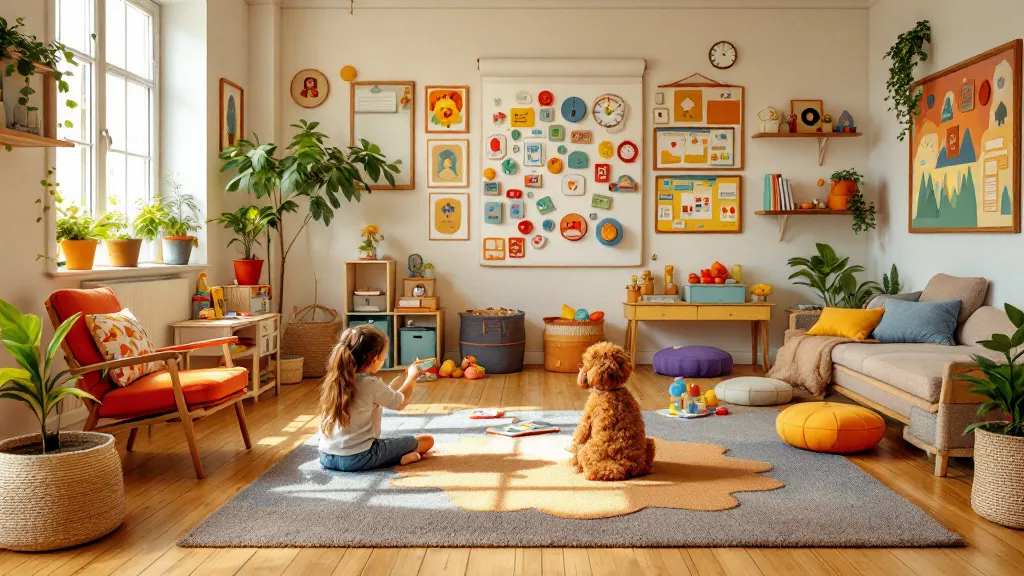
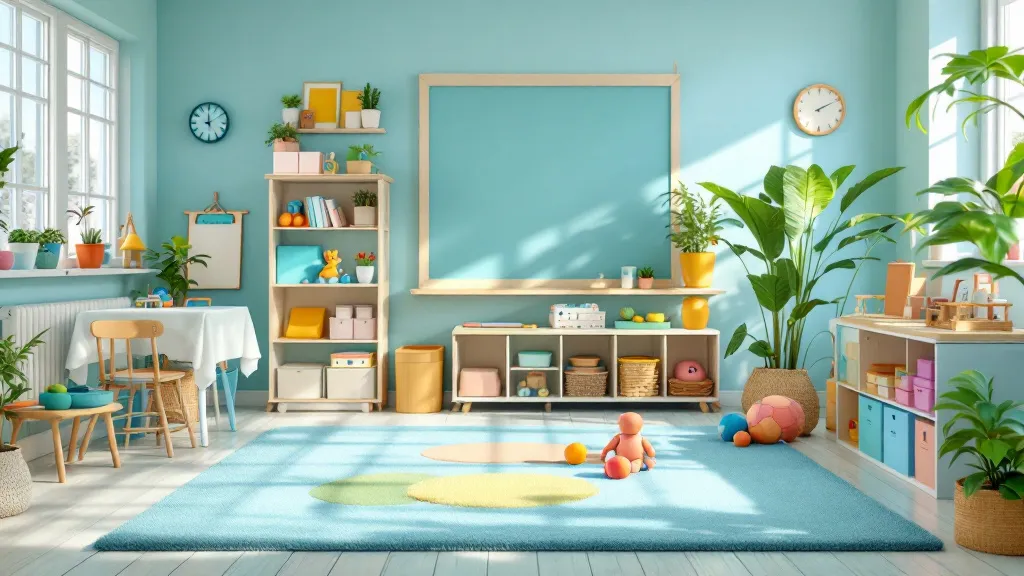






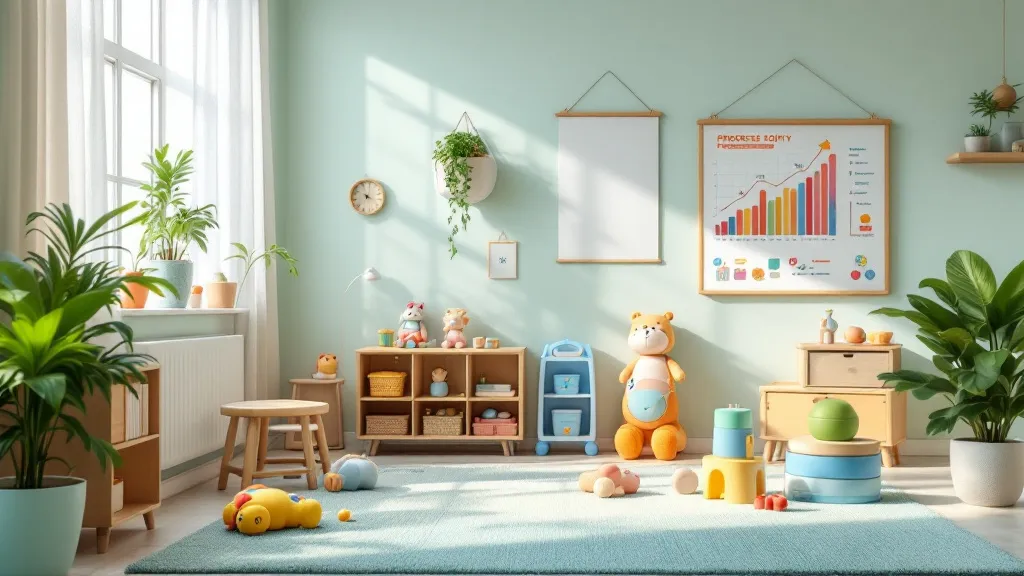













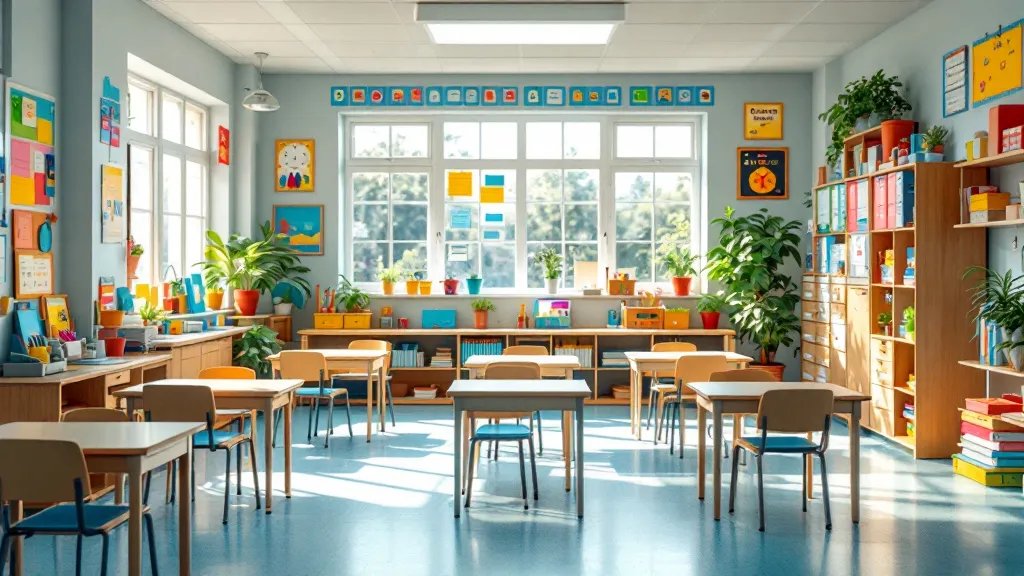




%2520(1).jpeg)










